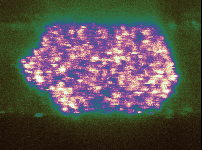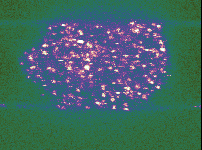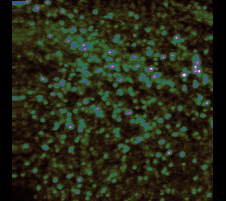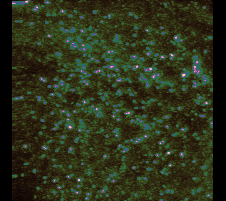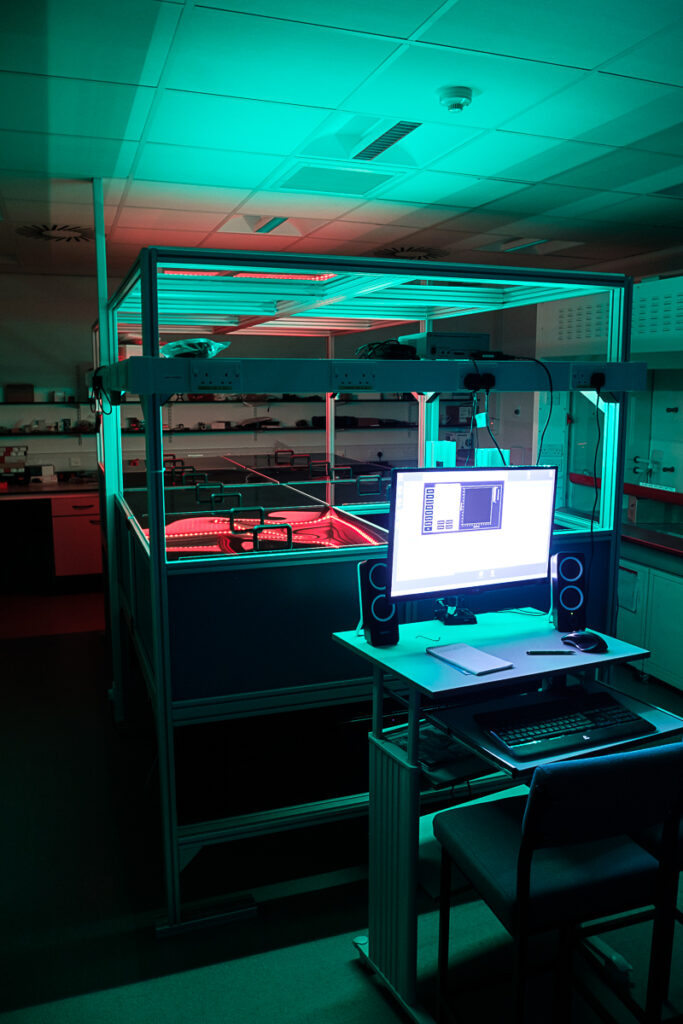The last decade has seen the development of a range of techniques that aim to give better resolution than classical imaging. Examples include structured illumination microscopy, single molecule localisation microscopy and STimulated Emission Depletion (STED) microscopy.
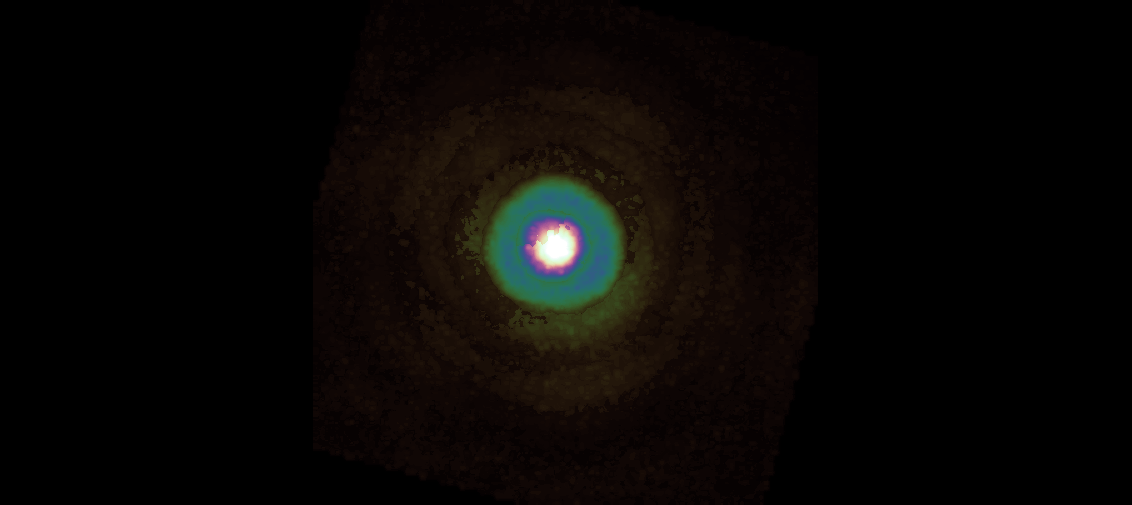
Conventional microscopy techniques allow us to image structures sized about half the wavelength of the light used, resulting in typical resolutions of 200-300nm. However, many features of interest in biology are much smaller than that. For example, the synapses between neurons are about 50nm across.
We are currently concentrating on STED as our primary super-resolution technique and are building a custom designed STED system for imaging biological systems with multiple excitation wavelengths. By using a spatial light modulator to generate the structured focal volume required for STED we are also able to correct for optical aberrations in the system. An additional deformable mirror will give us a powerful instrument for imaging in a range of samples.
We have recently begun construction of our microscope! We’ll test it in confocal mode before adding the deformable mirror for aberration correction and then coupling in the depletion laser to turn it into a full STED system!
